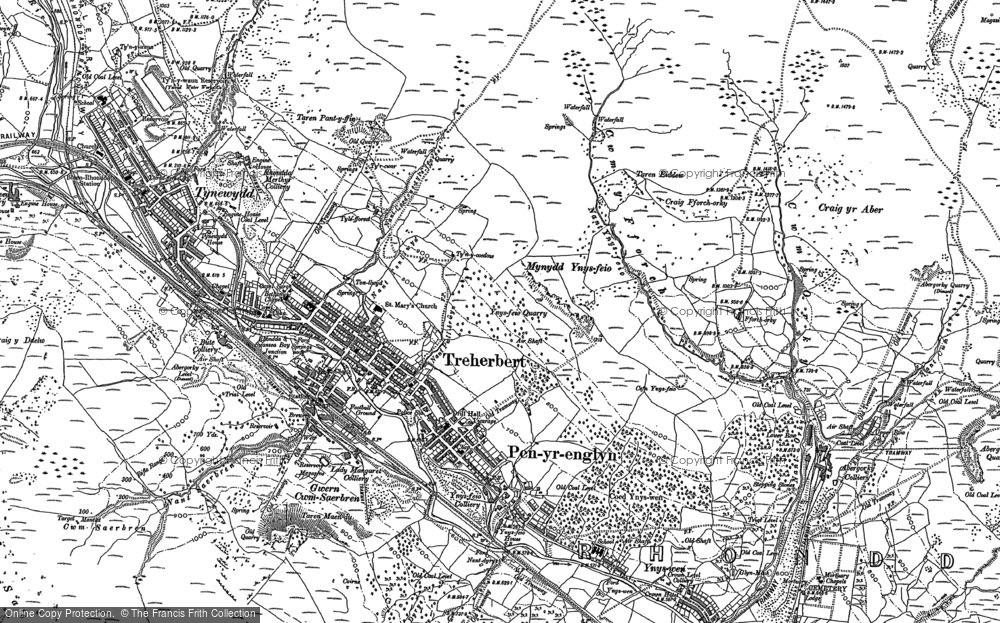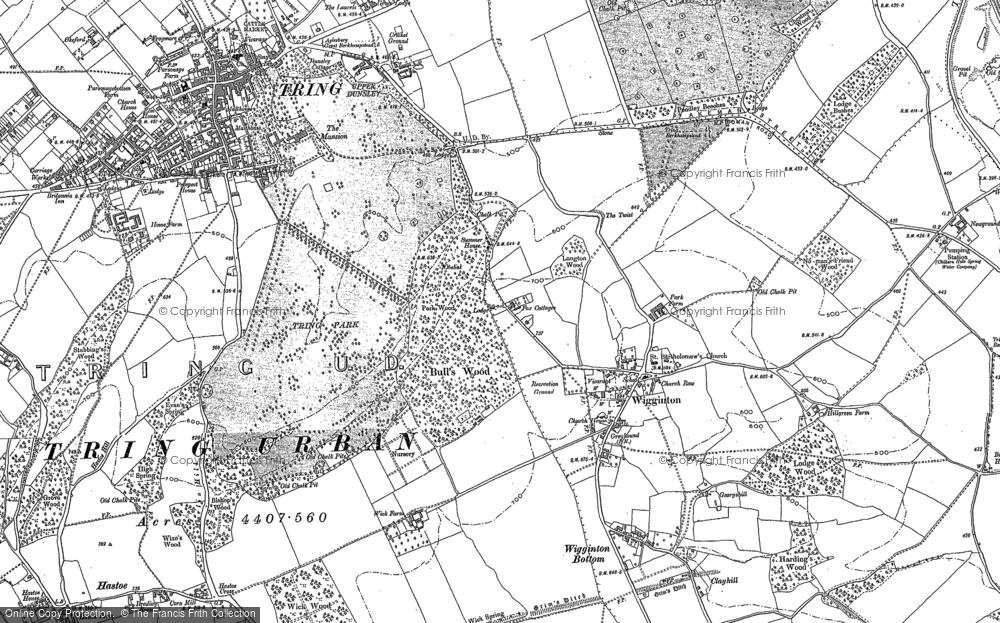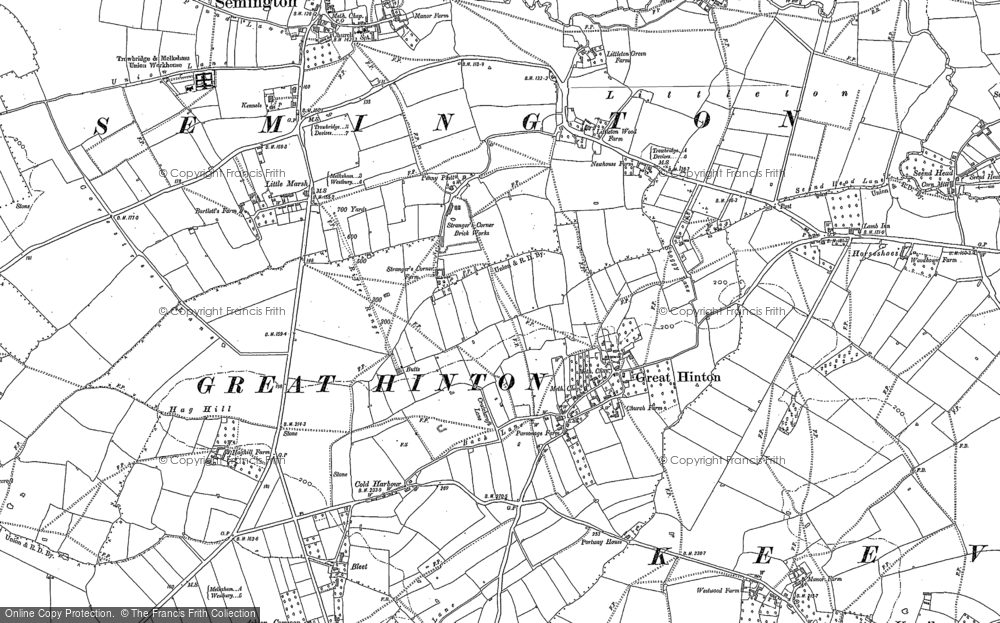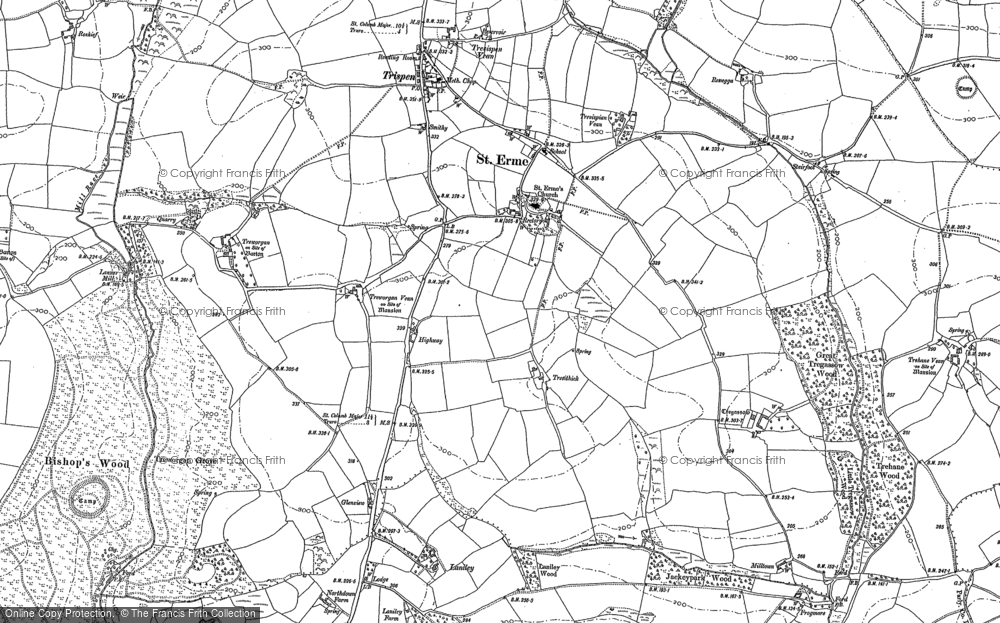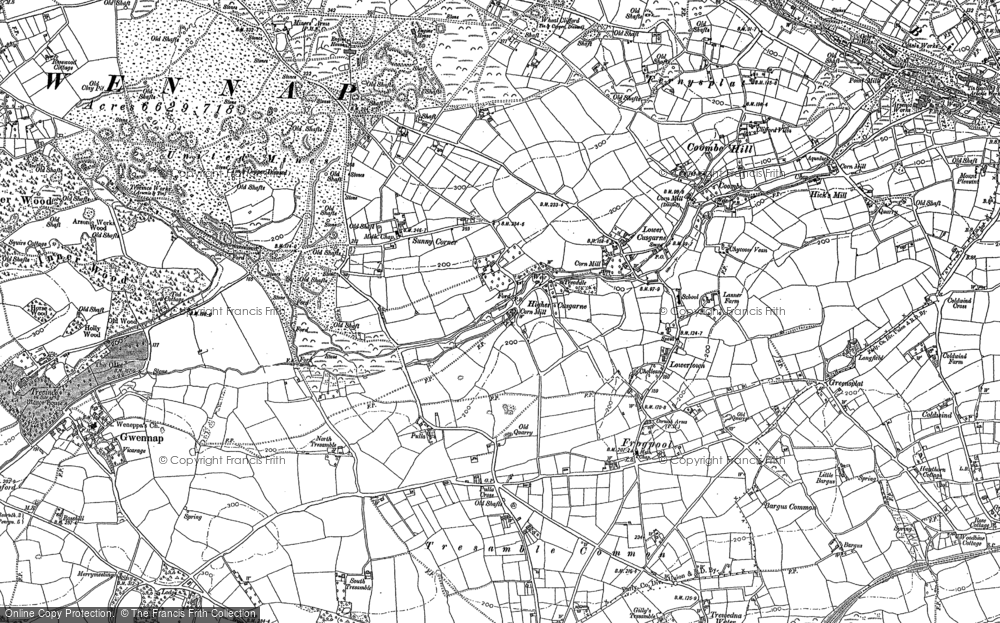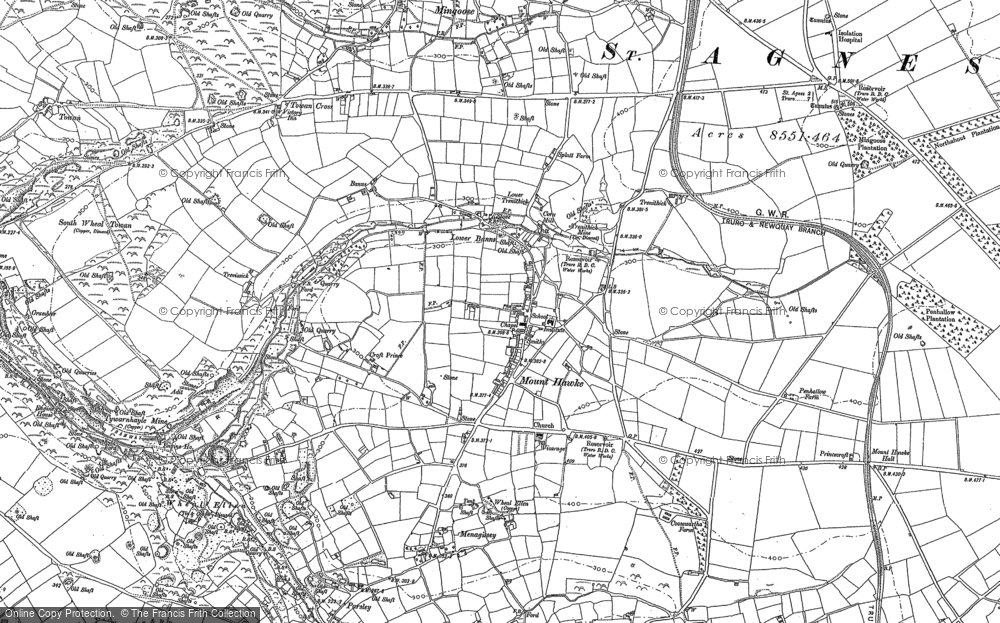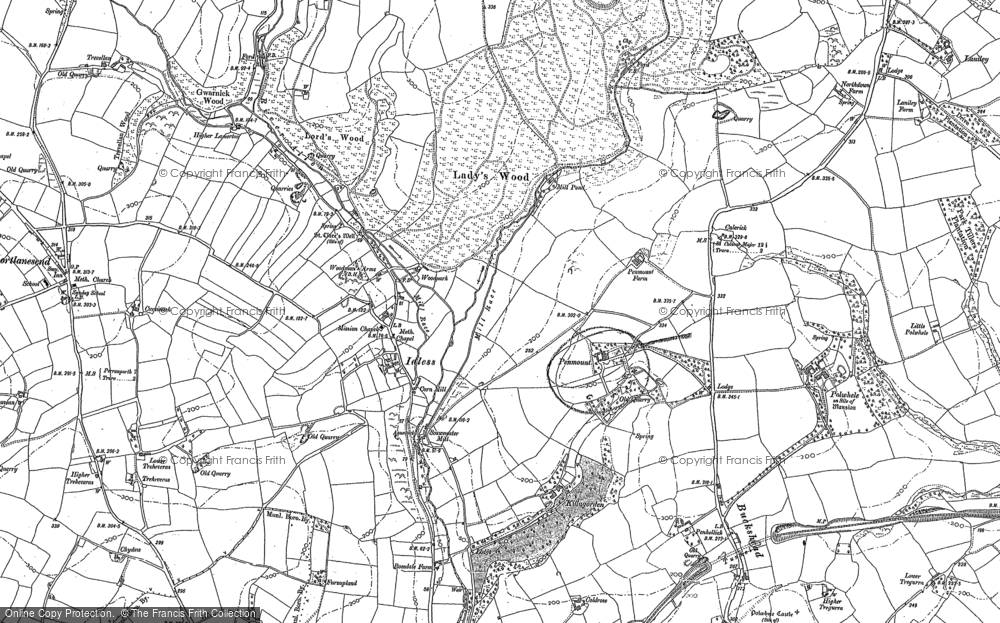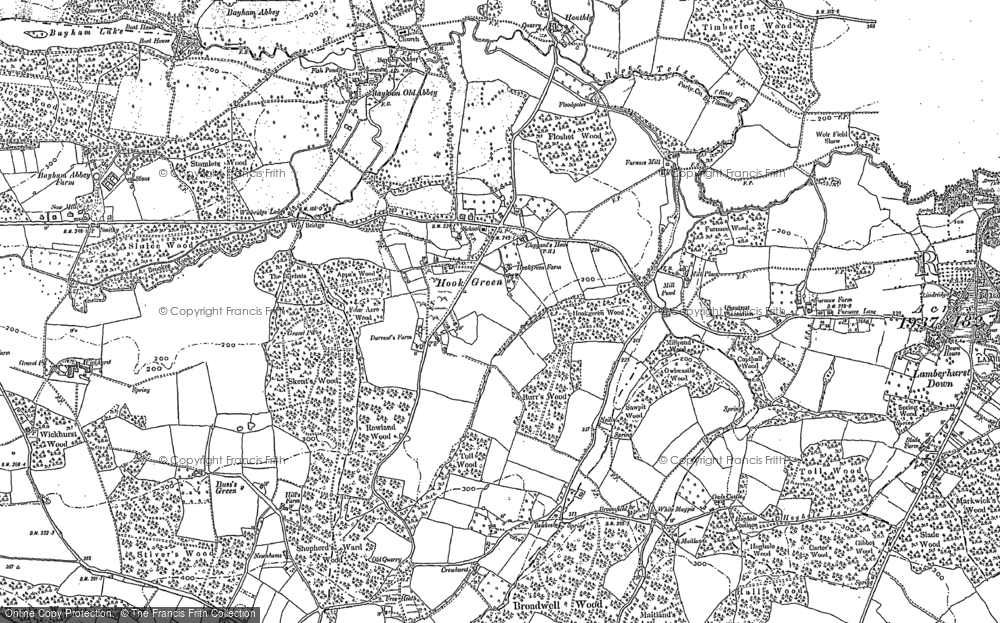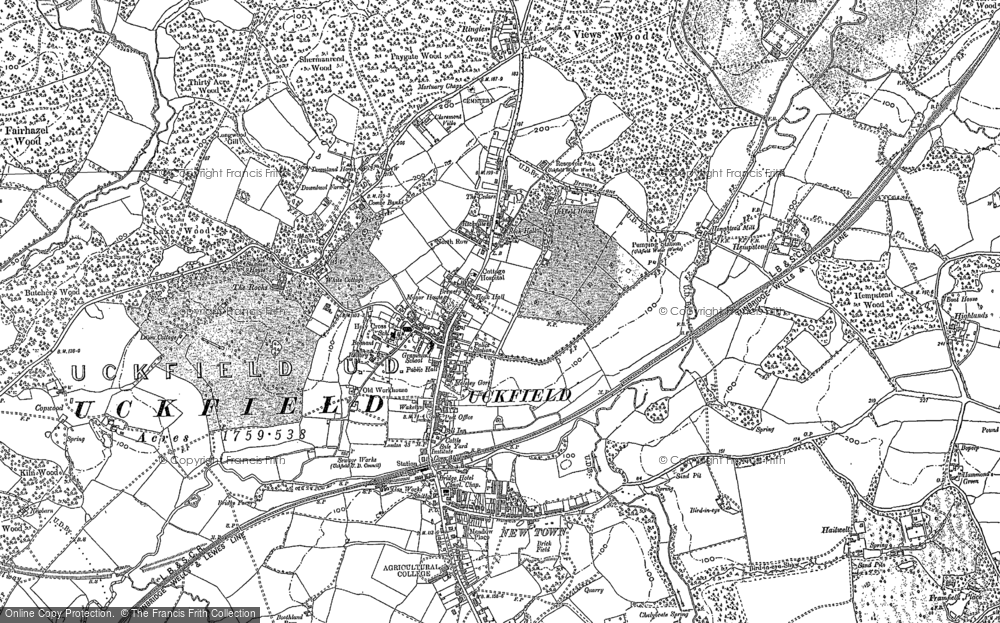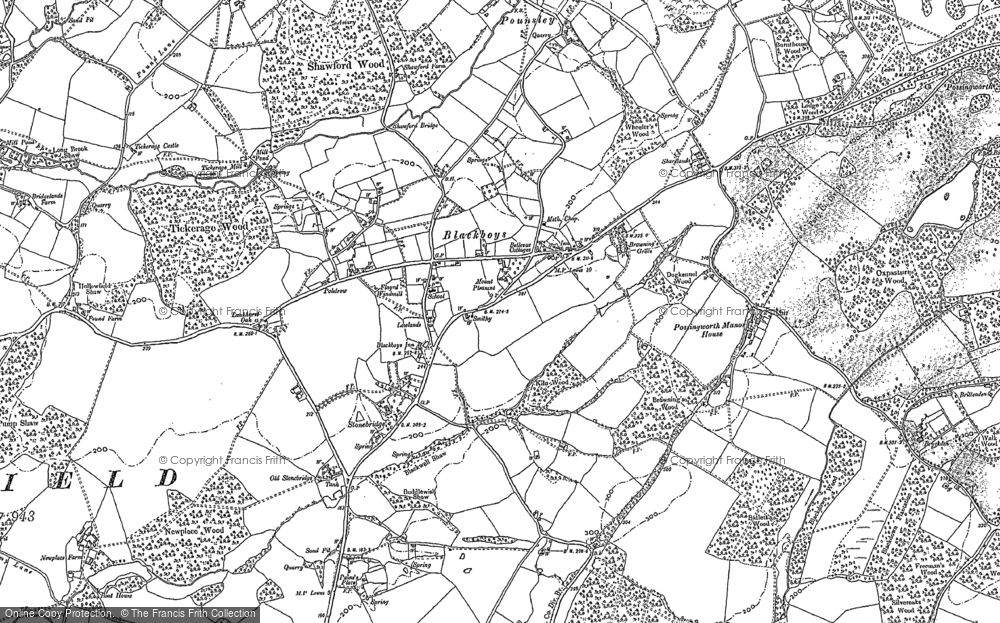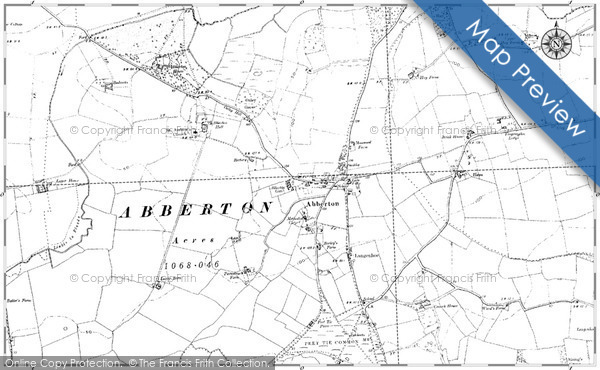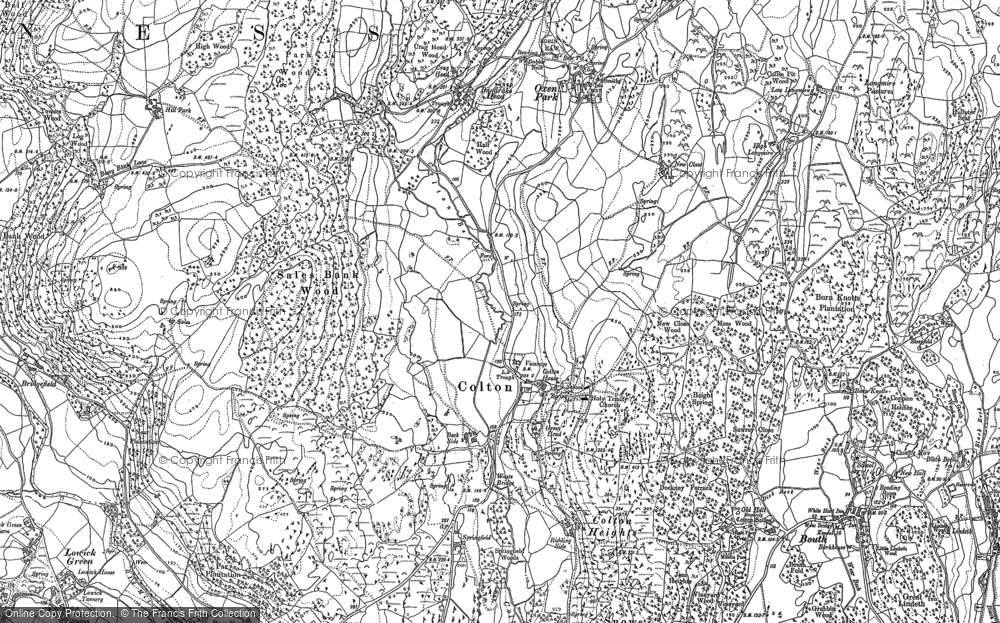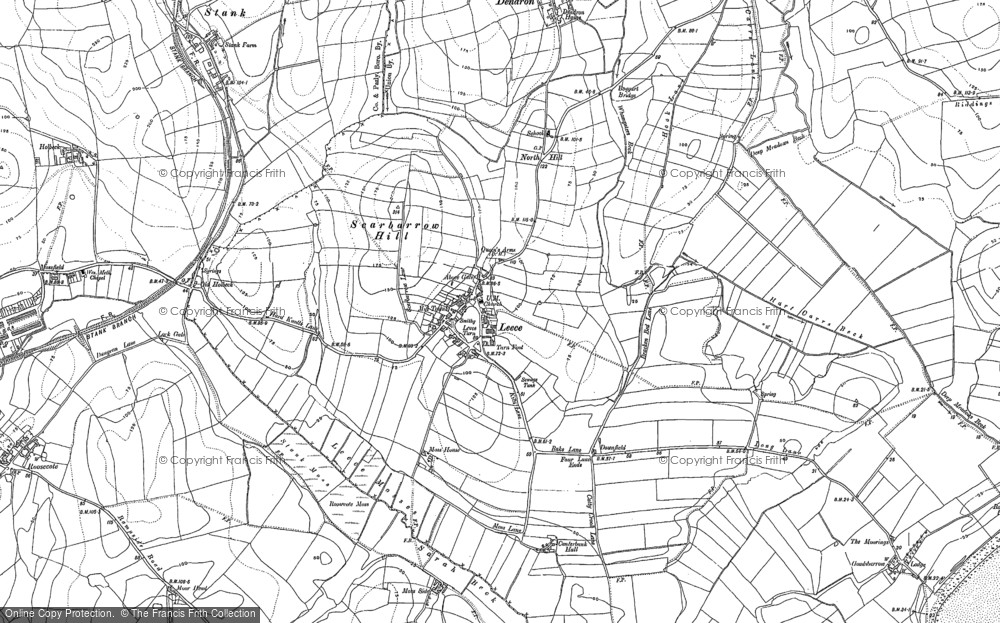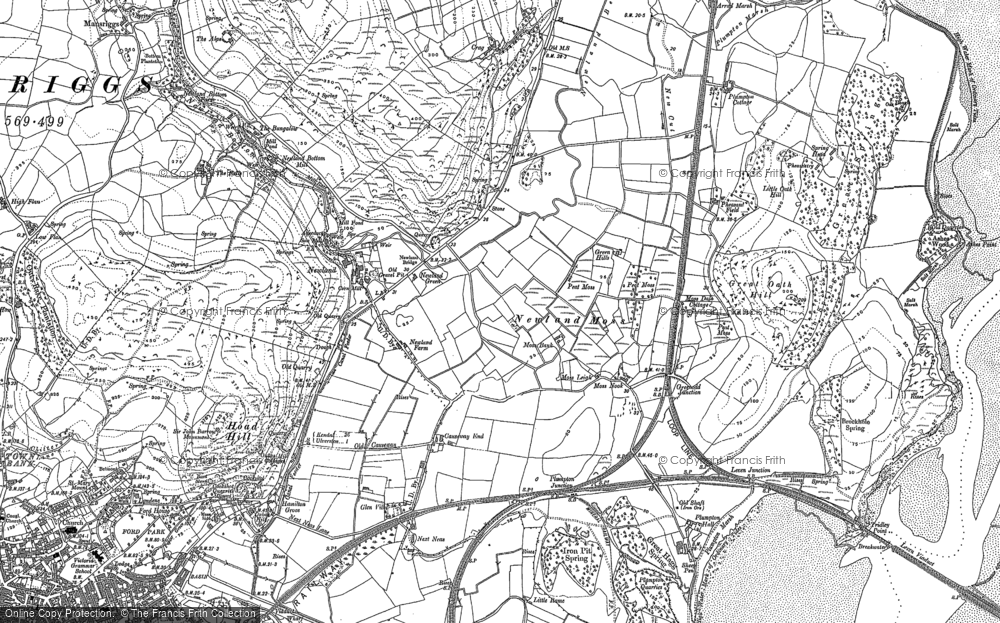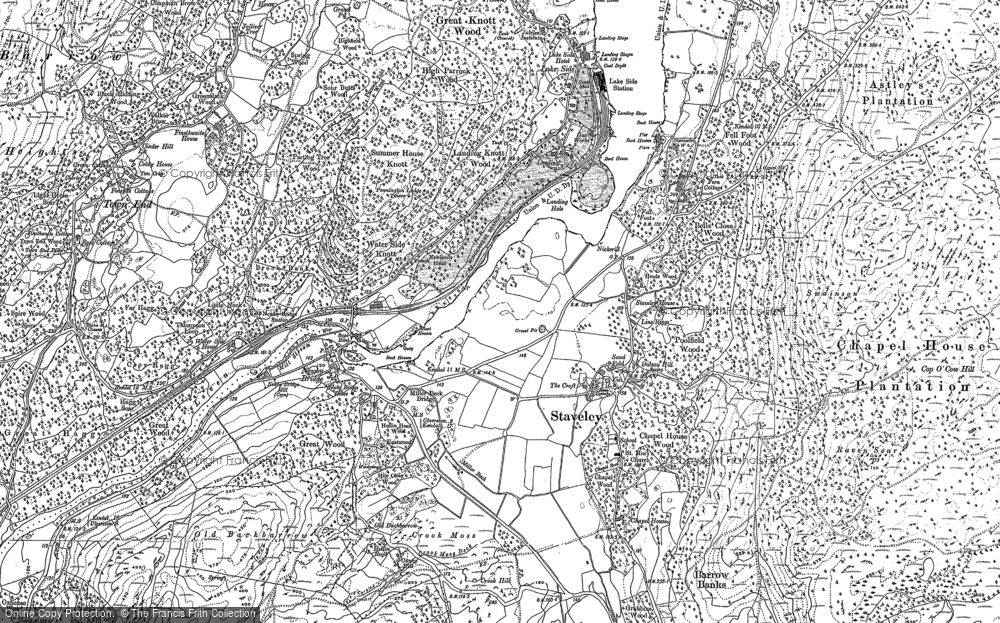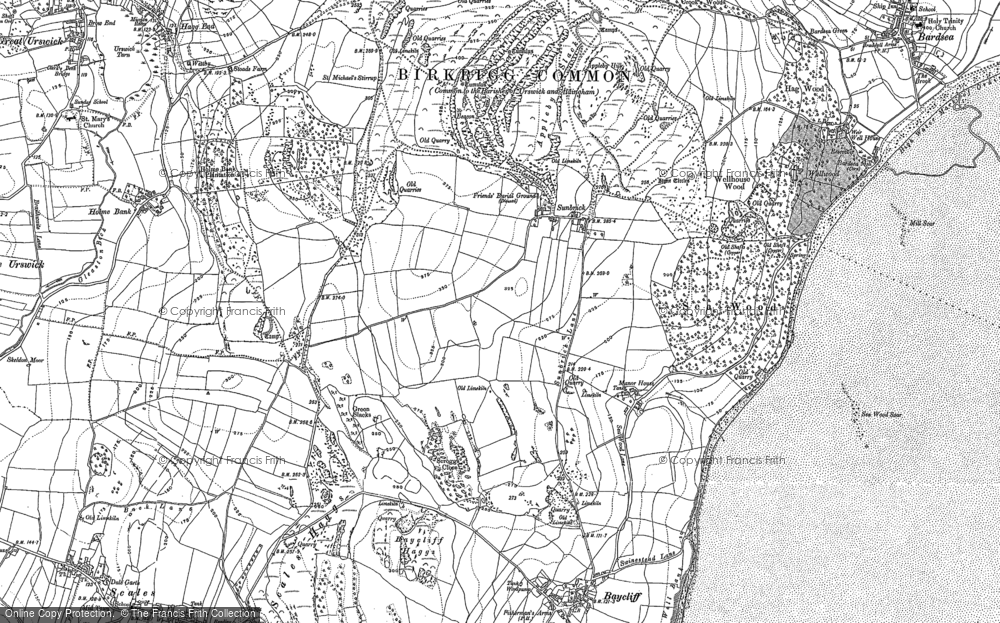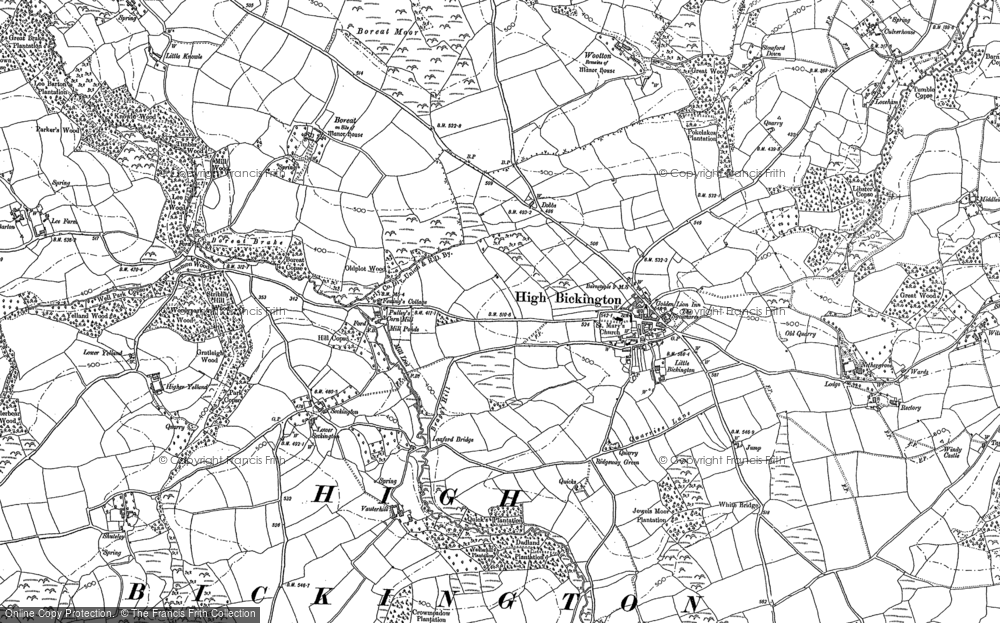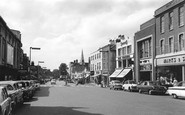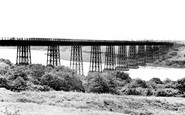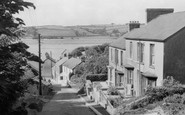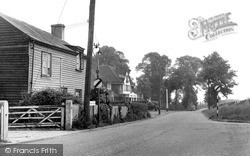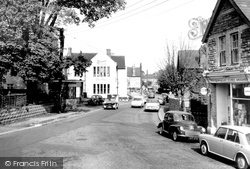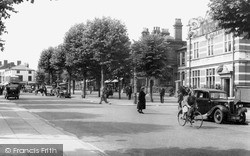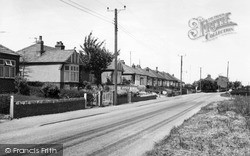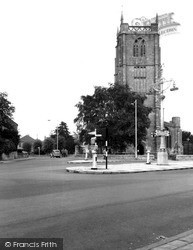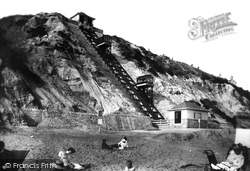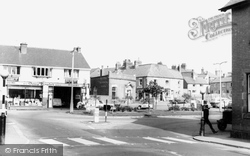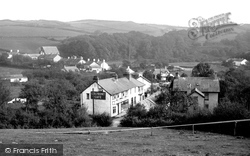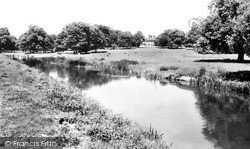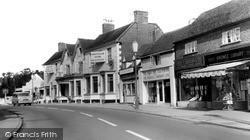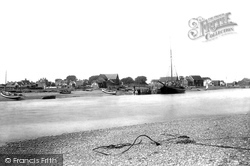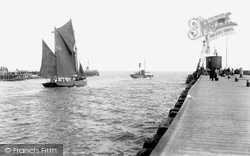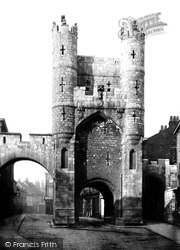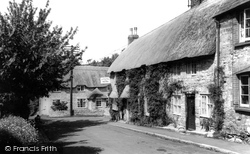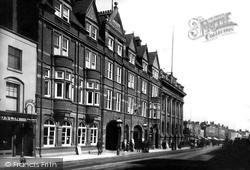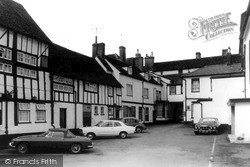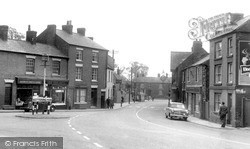Places
36 places found.
Those places high-lighted have photos. All locations may have maps, books and memories.
- Shanklin, Isle of Wight
- Ventnor, Isle of Wight
- Ryde, Isle of Wight
- Cowes, Isle of Wight
- Sandown, Isle of Wight
- Port of Ness, Western Isles
- London, Greater London
- Cambridge, Cambridgeshire
- Dublin, Republic of Ireland
- Killarney, Republic of Ireland
- Douglas, Isle of Man
- Plymouth, Devon
- Newport, Isle of Wight
- Southwold, Suffolk
- Bristol, Avon
- Lowestoft, Suffolk
- Cromer, Norfolk
- Edinburgh, Lothian
- Maldon, Essex
- Clacton-On-Sea, Essex
- Norwich, Norfolk
- Felixstowe, Suffolk
- Hitchin, Hertfordshire
- Stevenage, Hertfordshire
- Colchester, Essex
- Nottingham, Nottinghamshire
- Bedford, Bedfordshire
- Bury St Edmunds, Suffolk
- Aldeburgh, Suffolk
- St Albans, Hertfordshire
- Hunstanton, Norfolk
- Chelmsford, Essex
- Bishop's Stortford, Hertfordshire
- Peterborough, Cambridgeshire
- Brentwood, Essex
- Glengarriff, Republic of Ireland
Photos
9,106 photos found. Showing results 20,041 to 9,106.
Maps
181,006 maps found.
Books
11 books found. Showing results 24,049 to 11.
Memories
29,049 memories found. Showing results 10,021 to 10,030.
The Old School House Sarisbury Green
Does anyone have a picture of the Old School House in Sarisbury Green? The building is two industrial unit's now. Part of the building was rebuilt on one level in the 1980's but still looks something like ...Read more
A memory of Sarisbury by
Epworth Mechanics Institute Library
The Mechanics Institute Library in Epworth is still in operation as a lending library. The Library also holds a wealth of information relating to the Isle of Axholme where Epworth is located. Local history ...Read more
A memory of Epworth in 2013 by
Barnt Green
I have very fond memories of Barnt Green. My sister went to Woodruff School between 1937 and 1942 and I was there between 1945 and 1948; my short stay was due to the Principle, Miss Jackson, deciding that she no longer wanted any ...Read more
A memory of Barnt Green in 1940 by
Long Gone
My dad worked at the Express Dairy bottling depot opposite side of the road to the church. I often went to watch and be treated to a drink in their canteen, as a child I found it fascinating watching the bottles being cleaned and refilled ...Read more
A memory of Eltham in 1950 by
Happy Memories Of A Simpler Time
I grew up in Brotton from aged 5 to 20, 1966 to 1981, living on Marshall Drive the whole time. My sister is still there. School was at the old primary school at the top of the hill, daily 1/3rd of a pint of milk, ...Read more
A memory of Brotton in 1973 by
A Fantastic Place To Grow Up In
I Lived in Bulford Camp from 1942 - 1958 and attended Wing School. The street the school was on was Bond St. A street of terraced corrigated iron houses, inhabited by civillian workers. My family and I returned in ...Read more
A memory of Bulford in 1958 by
Family History Search Steel Family
I visited Dipton about fifteen years ago with my husband, after discovering that an ancestor, John Steel, who worked with Richard Trevithick on the building of the first steam locomotive in 1804, was born in ...Read more
A memory of Dipton by
Heath Road
I was born in 1944 and I was then, Pat Wilson. I lived in Heath Road and attended Chatsworth School, when Mr Killick was the headmaster. Miss Milner was head of the infants school. I remember swimming lessons at Hounslow Baths. Myself ...Read more
A memory of Hounslow in 1950 by
Crossing The Bridge
Lived in North Seaton and remember clearly the excitement (and danger), of crossing the bridge by the boards underneath the bridge; especially when the train driver would see us and deliberately let off steam overhead.
A memory of Ashington in 1954 by
My Dad's Home
This is a memory as told by my grandmother Alice Irene Rees. She was born and lived most of her life in Ferryside. My father was born here in 1944, the second child born to her and husband, Cynwyd Rees. Her stories of this road are ...Read more
A memory of Ferryside in 1950 by
Your search returned a large number of results. Please try to refine your search further.
Captions
29,158 captions found. Showing results 24,049 to 24,072.
Glasson was first used as a port for ships unable to navigate the Lune to Lancaster from 1787, but the arrival of the canal in 1826, followed by the railway in 1883, increased its effectiveness.
The original Prince of Wales pub was a simple-looking 17th-century structure. It was rebuilt in a suitably gung-ho style in the 1930s (centre left).
In the centre of the picture we can see the Star public house, owned by Brains Brewery - the local brew. The company was owned by Samuel Arthur Brain and his uncle, Joseph Benjamin.
The building on the right was erected in 1922 to house the Redditch Benefit Building Society (founded in 1859).
The bank was built on the ancient line of the Wash; the water behind the bank was released through wooden culverts. The new lands behind the bank were eventually cultivated.
St John's Church stands at the busy crossroads of the High Street and Station Road, which runs towards Fry's (now Cadbury's) chocolate factory at Somerdale.
The Crown Inn (left) survives, along with the village shop on the right and the adjacent little shop, now a beauty salon. Out of the picture to the right is the Old School, dated 1852.
The Victorian Club House was built to make some gesture to the needs of tourists, though not all 19th-century visitors were impressed.
Shops and services have been developed for the growing community that is now well-established as one of Leicester's commuter villages.
This small village had a café, the Dolybont Café (centre), whose sign was visible from the road between Talybont and Borth – the proprietors hoped that holidaymakers would stop on their way to or from
It takes but a little imagination to people the parkland with yeoman and gentry; ladies in muslins 'enduring' the heat of a summer's day and children floating rudimentary craft on the water while dipping
The Greswolde Hotel, or The Greswolde Arms, as it used to be, became an important coaching inn when the turnpike from Birmingham to Warwick and London opened in the 18th century.
The mast of a sailing barge breaks an even horizon, whilst the falling tide exposes mooring chains.
A brisk south-westerly wind snatches sails and flags, rippling the surface of the sea and causing both the sail- and power-driven craft to pitch and roll easily.
It was built in Portland stone around 1904, and most of the buildings put up since have been designed with an empathy for the whole.
With four storeys and standing at sixty-three feet high, this is the tallest of the four main bars, and also the most fortified - it was a self-contained fortress.
Once known as Vicar's Lane and then Little Alice Lane, the street branches off to Minster Yard, where the Theatre Royal opened in 1730 - it was the first theatre in York.
Long the centre of the town's social and political life, the Market Square contained many inns, including the George and Dragon, the Woodman, the Red Lion and the Brown Cow.
Osmington was an ancient manor founded at the time of King Athelstan, though the church we see today is mostly Norman.
The narrow road was just about suitable for the volume of traffic when this view was taken.
The hotel, with its six gables and ponder- ous style, replaced a stuccoed 18th-century building, but it has now gone, to be replaced by the bland misjudgement of 1970s Greytown House.
The view from this side of the river includes the industrial gasworks, but further down river past the weir is the rather more pleasant Myrtle Park, which opened to the public in 1908.
Otherwise, there is little but the parked cars to give a clue to the date of this photograph. The timber- framed buildings, on the left, are believed to date from the 16th century.
This photograph shows the corner of High Street and Bridge Street. The Electricity Service Centre and the London Central Meat Company have been replaced by a beauty salon and a florist.
Places (6814)
Photos (9106)
Memories (29049)
Books (11)
Maps (181006)



